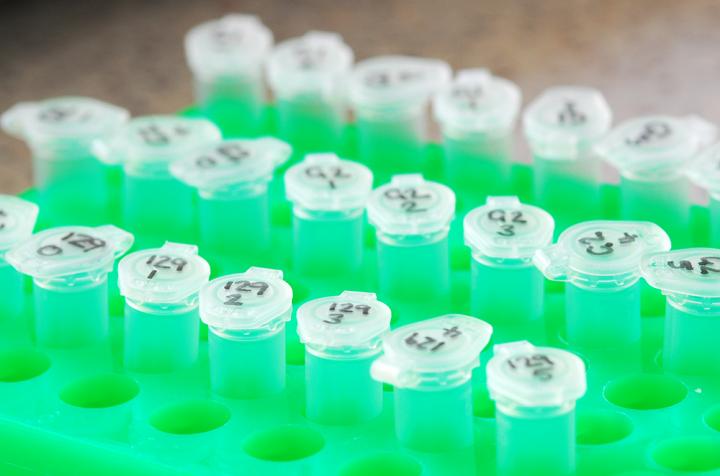Sustainable lab scheme cuts plastic waste and costs
Reduction and reuse approach could reduce the amount of plastic discarded in a lab by 500kg a year.

A new approach could reduce plastic waste in a laboratory by more than 500kg a year and result in considerable savings, scientists at the Roslin Institute found.
A scheme based on plastic reduction and reuse has resulted in savings of more than £400 over a three-month period.
Other labs worldwide could adopt similar measures to reduce plastic waste, researchers suggest.
Replace and reuse
A Roslin research group replaced single-use plastics, such as tools used to collect and transfer samples, with re-useable equipment incorporating wood or metal.
Where alternatives were not available, the group decontaminated plastic equipment for re-use, with chemical cleaning before a second level of decontamination under heat and pressure – known as autoclaving.
To determine the success of the scheme, scientists compared the amount of plastic waste produced in regular conditions over four weeks with waste produced using the new approach over the next seven weeks.
In implementing these replace and reuse practices, they saved more than 3,000 plastic items of equipment during a four-week period, equivalent to a 43kg reduction in waste.
We knew that we were using plastic daily in our research, but it wasn’t until we took the time to quantify the waste that the volumes being used really hit home. Once the reduction and reuse measures were in place it was quickly clear that large impacts were being seen. The most surprising thing for us was how resilient some plastics are to being autoclaved and therefore how many times they can be re-used. This means that we were able to save more plastic than we originally anticipated.
Labs worldwide
For other research labs who are interested in reducing plastic waste, we recommend taking time to identify what plastic items you are using the most. This will allow you to identify both the easy wins, such as replacing plastic inoculation loops for re-useable metal ones, as well as the bigger tasks, such as re-using plastic tubes. That will help you to bring your colleagues on board and build momentum.
A typical microbiology lab uses mostly disposable plastic, which is often not recycled owing to biological contamination. In 2014, 5.5 million tonnes of plastic waste were generated in research laboratories worldwide.
The study, including full details of the waste-reducing protocols, is published in Access Microbiology.
** The Roslin Institute receives strategic investment funding from the Biotechnology and Biological Sciences Research Council and it is part of the University of Edinburgh’s Royal (Dick) School of Veterinary Studies. **
Related links
Solar farm to generate green power on campus
Easter Bush Campus wins sustainability & social responsibility awards


